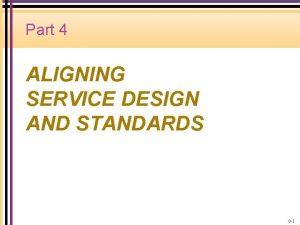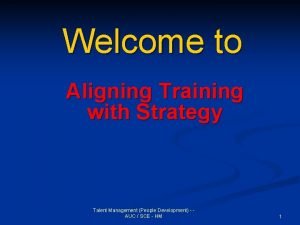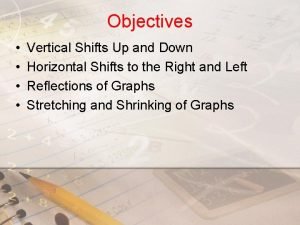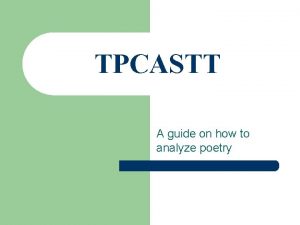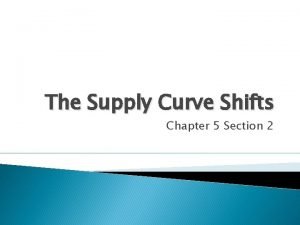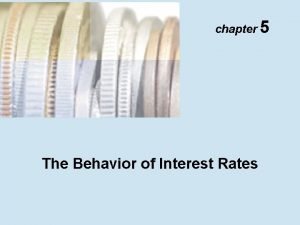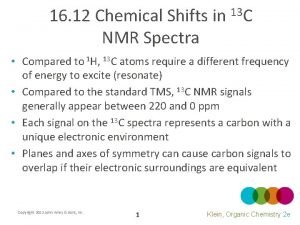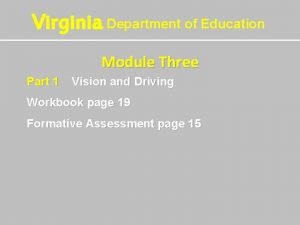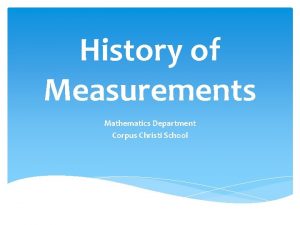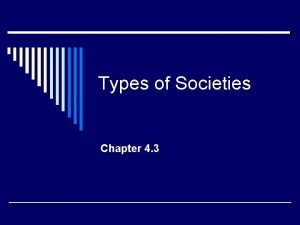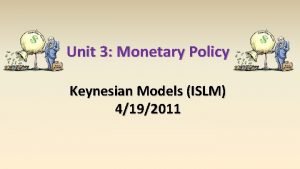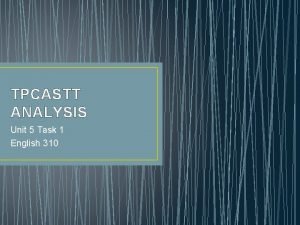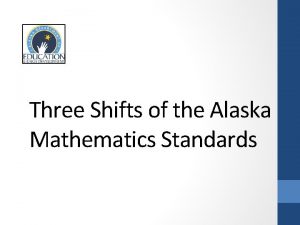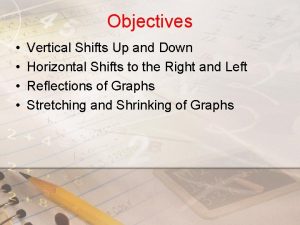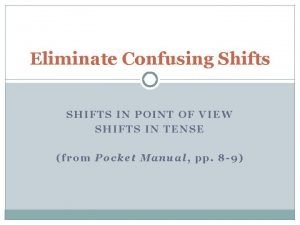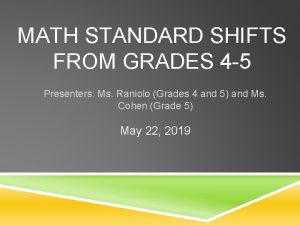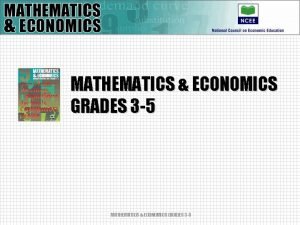Aligning Standards and Shifts Grades 6 12 Summer

































- Slides: 33

Aligning: Standards and Shifts Grades 6 -12 Summer 2017 1

We know from experience the hard work teachers face every day as they strive to help their students meet the challenges set by higher standards. We are a team of current and former classroom teachers, curriculum writers, school leaders, and education experts who have worked in the public, private, and nonprofit sectors. We are dedicated to empowering teachers by providing free, high-quality standards-aligned resources for the classroom, the opportunity for immersive training through our Institutes, and the option of support through our website offerings. 2

ALIGNING: STANDARDS AND SHIFTS (GRADES 6 -12) Introduction: Who I Am Insert photo Name 1 • • Name 2 • • • 3

ALIGNING: STANDARDS AND SHIFTS (GRADES 6 -12) Institute Recap What did you find most valuable at the last standards institute? Why? Standards Adaptations Coherence Focus Engage. NY Rigor 5 4

ALIGNING: STANDARDS AND SHIFTS (GRADES 6 -12) This Week Day Monday Ideas ALIGN Is my unit aligned to the standards and shifts? ADAPT Tuesday How do I adapt my unit for students who are behind? Wednesda y TEACH Three days of “Practicum” How do I prepare to teach an aligned lesson? Thursday FOCUS ON ENGLISH LANGUAGE LEARNERS Friday ELECTIVES How do I support ELLs using my curriculum? What’s next? 5

ALIGNING: STANDARDS AND SHIFTS (GRADES 6 -12) Why a “Practicum”? Day Our Observations Align • Many of us are required to use curricula that are not aligned. • Even when we are using aligned materials, alignment is not always well understood. Adapt • Most students are not ready for the grade in which they find themselves. • Most curricula do not offer comprehensive materials or approaches for supporting students below grade level. Teach • Putting it all together: teaching with aligned materials and supporting students that are below grade level is very challenging! 6

ALIGNING: STANDARDS AND SHIFTS (GRADES 6 -12) Data Collection at Standards Institute 7

We Take Data Seriously • 3 -minute online Daily Survey. Facilitators will address feedback the following day. • Thursday— 10 minute online Knowledge Survey Post-Test. Answer key will be available.

ALIGNING: STANDARDS AND SHIFTS (GRADES 6 -12) Align Today’s objectives: • Participants will be able to describe key elements of an aligned unit in terms of focus, coherence, and rigor using the Content Guide. • Participants will be able to analyze a unit they brought for alignment to the shifts. 9

ALIGNING: STANDARDS AND SHIFTS (GRADES 6 -12) Norms That Support Our Learning • Take responsibility for yourself as a learner • Honor timeframes (start, end, activity) • Be an active and hands-on learner • Use technology to enhance learning • Strive for equity of voice • Contribute to a learning environment in which it is “safe to not know” 10

ALIGNING: STANDARDS AND SHIFTS (GRADES 6 -12) Agenda I. Three Corners-Focus, Coherence, and Rigor II. What Is the Content Guide and How Will We Use It III. Analyze Part 1 of the Content Guide for Focus Break IV. Analyze Part 1 of the Content Guide for Rigor V. Reflect 11

ALIGNING: STANDARDS AND SHIFTS (GRADES 6 -12) I. Three Corners Choose the corner with the shift that most resonates with you. • Introduce yourself • What is your name? • Where are you from? • What is your role? • Why does this shift resonate with you? • Discuss the shift as a group. What does the shift mean with regard to the Standards? • Have a scribe write a definition. • Share what the shift means to your group. 12

Focus: The Standards call for greater focus in mathematics. Rather than racing to cover many topics in a mile-wide, inch-deep curriculum, the standards ask math teachers to significantly narrow and deepen the way time and energy are spent in the classroom. 13

ALIGNING: STANDARDS AND SHIFTS (GRADES 6 -12) Focus in Grade 8 14

Within-Grade Coherence: Coherence is built into the standards for each grade through the utilization of complementary topics to support and reinforce a major topic in a grade. This also increases focus in the grade. 15

Across-Grade Coherence: Learning is carefully connected across grades so that students can build new understanding onto foundations built in previous years. 16

Rigor: Materials should pursue with equal intensity the three aspects of rigor in the major work of the grade: conceptual understanding, procedural skill and fluency, and application. 17 17

ALIGNING: STANDARDS AND SHIFTS (GRADES 6 -12) Which Aspect of Rigor? Billy wanted to write a ratio of the number of apples to the number of peppers in his refrigerator. He wrote 1: 3. Did Billy write the ratio correctly? Explain. Conceptual Understanding Billy is incorrect. There are 3 apples and 1 pepper in the picture. The ratio of the number of apples to the number of peppers is 3: 1. 6. RP. A. 1 - Understand the concept of a ratio and use ratio language to describe a ratio relationship between two quantities. For example, "The ratio of wings to beaks in the bird house at the zoo was 2: 1, because for every 2 wings there was 1 beak. " "For every vote candidate A received, candidate C received nearly three votes. " 18

ALIGNING: STANDARDS AND SHIFTS (GRADES 6 -12) Which Aspect of Rigor? Procedural Skill and Fluency Integer Division Problem 7. NS. 2. c - Apply properties of operations as strategies to multiply and divide rational numbers. Related Equation Using Integer Multiplication 19

ALIGNING: STANDARDS AND SHIFTS (GRADES 6 -12) Which Aspect of Rigor? Application 7. RP. 3: Use proportional relationships to solve multistep ratio and percent problems. Examples: simple interest, tax, markups and markdowns, gratuities and commissions, fees, percent increase and decrease, percent error. Visual Model 20

Focus, Coherence, and Rigor 21 21

ALIGNING: STANDARDS AND SHIFTS (GRADES 6 -12) II. What Is a Content Guide? 22

ALIGNING: STANDARDS AND SHIFTS (GRADES 6 -12) What Is a Content Guide? 23

ALIGNING: STANDARDS AND SHIFTS (GRADES 6 -12) What Is a Content Guide? 24

ALIGNING: STANDARDS AND SHIFTS (GRADES 6 -12) How Do You Use a Content Guide? Understand what the standards are saying and prepare to write or evaluate a unit Today Understand what the shifts mean with regard to my grade level content Understand the progressions of learning across grades Tomorrow Find instructional resources that support students who may be below grade level 25

Time to Get Cooking!

ALIGNING: STANDARDS AND SHIFTS (GRADES 6 -12) III. Analyzing Part 1 of the Content Guide for Focus 1. Are the clusters discussed in this guide major, supporting, or additional? What does that mean? 2. Are any connections to other clusters mentioned? How do these clusters relate to the focus clusters? 3. What is the identified mathematical practice described? How does it relate to the clusters of focus? Directions: 1. Read. 2. Answer questions. 3. Discuss at tables. 4. Record. 27

What content is emphasized in your Content Guide? 28

Break 29

ALIGNING: STANDARDS AND SHIFTS (GRADES 6 -12) IV. Analyzing Part 1 of the Content Guide for Rigor What aspects of rigor do you notice for the standards? 1. Which standards in this cluster indicate conceptual understanding? What are students asked to do that builds conceptual understanding? 2. Are there standards that require fluency? What are students doing that builds fluency? 3. Are there standards that indicate application? What are students doing that requires modeling or requires them to solve real-world problems? 4. If one is not present, why might you not find it in this cluster? Directions: 1. Read. 2. Answer questions. 3. Discuss at tables. 4. Record. 30

ALIGNING: STANDARDS AND SHIFTS (GRADES 6 -12) V. Reflect What are the key takeaways?

References Slide # Source 12 http: //www. corestandards. org/other-resources/key-shifts-in-mathematics/ 13, 15, 16, 17 http: //www. corestandards. org/other-resources/key-shifts-in-mathematics/ 14 http: //achievethecore. org/dashboard/2/search/1/2/0/1/2/3/4/5/6/7/8/9/10/11/12/page/774/focus-by-grade-level-list-pg 18 https: //nysed-prod. engageny. org/resource/grade-6 -mathematics-module-1 -topic-lesson-2/file/38061 19 https: //www. engageny. org/resource/grade-7 -mathematics-module-2 -topic-b-lesson-12 20 https: //www. illustrativemathematics. org/content-standards/4/OA/A/2/tasks/263

Image References Slide # Name and Photographer 13 "Your focus needs more focus" by Leland Francisco (Flickr) 15 Untitled by kropekk_pl (Pixabay) 16 Untitled by bogitw (Pixabay) 17 “Incomplete Bridge” by Ken Scarboro (Flickr) 21 “Coiled Rope” by Danny Fowler 26 “Pie Crust” by Stephanie Sicore (Flickr) 28 “Landscape” by mcxurxo (Flickr) 29 “Coffee Break” by Sam Carpenter (Flickr) 31 “Keys” by Carrie L. Hale (Flickr)
 Blueprint for overnight hotel stay service
Blueprint for overnight hotel stay service Aligning service design and standards
Aligning service design and standards Aligning brand and culture
Aligning brand and culture Aligning training with strategy
Aligning training with strategy Aligning hr strategy with business strategy
Aligning hr strategy with business strategy Whmis 2015 pictograms
Whmis 2015 pictograms Hard customer defined standards
Hard customer defined standards Horizontal and vertical shifts
Horizontal and vertical shifts Vehicle balance is obtained by
Vehicle balance is obtained by Supply and demand curve shifts
Supply and demand curve shifts Double shifts in demand and supply
Double shifts in demand and supply Translation shift catford
Translation shift catford Tpcastt paraphrase example
Tpcastt paraphrase example Poetic shift
Poetic shift Chapter 5 section 2 the supply curve shifts
Chapter 5 section 2 the supply curve shifts Loanable funds shifters
Loanable funds shifters Elements of poetry symbolism
Elements of poetry symbolism Phillips curve explained
Phillips curve explained Aggregate demand supply graph
Aggregate demand supply graph Aggregate supply and demand graph
Aggregate supply and demand graph What shifts money demand
What shifts money demand Chapter 4 section 2 the demand curve shifts
Chapter 4 section 2 the demand curve shifts Hydrohalogenation mechanism
Hydrohalogenation mechanism Lane position 1-4
Lane position 1-4 A reform movement that shifts from the use of customary
A reform movement that shifts from the use of customary 7 seismic shifts
7 seismic shifts Society where emphasis shifts from production
Society where emphasis shifts from production Cultural shifts in a professional learning community
Cultural shifts in a professional learning community Cultural shifts in a professional learning community
Cultural shifts in a professional learning community Ela shifts
Ela shifts What shifts the lm curve
What shifts the lm curve Tpcastt poetry
Tpcastt poetry I hear america singing imagery
I hear america singing imagery American hero poem
American hero poem
